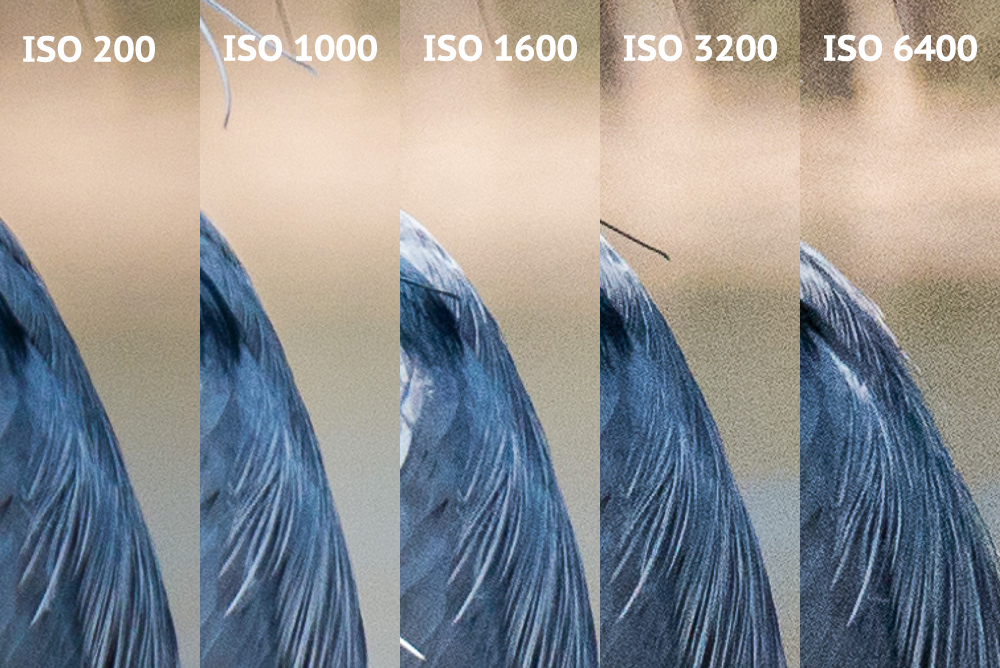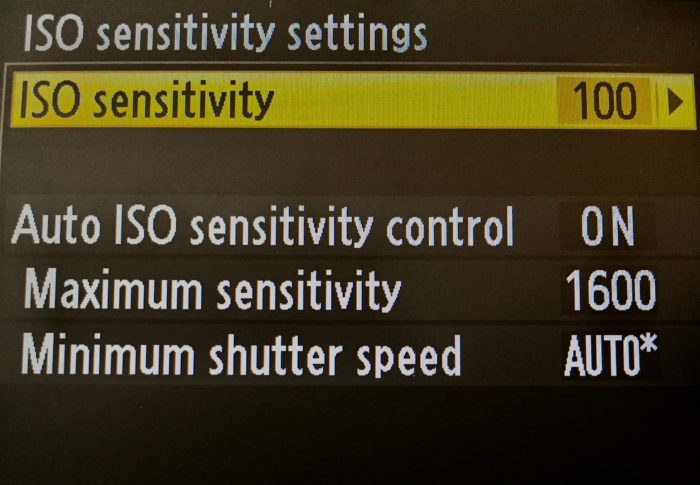There are three main factors that go into the exposure of a photo: aperture, shutter speed and ISO. To get the most out of your photography, you’re going to have to understand how three affect your pictures, but since ISO is probably the most confusing setting, let’s start there.
So what is ISO, exactly?
ISO is the light sensitivity of the medium used, whether it’s film or digital. When you change the ISO setting on your digital camera, you’re making it more or less sensitive to light.
The normal range for ISO is between 200 and 1600, but with digital cameras today, you can select as high as 204,800. There are two qualities associated with ISO. The first one is the amount of light required for good exposure. The lower the ISO number (less sensitive), the more light is required, and the higher the ISO number (more sensitive) the less light is needed. You with me so far?
Every time you double the ISO number, it requires half as much light for good exposure. Therefore, if you are taking a picture with an ISO 200 and a shutter speed of 1/250, if you were to adjust the ISO to 400, you would need a shutter speed of 1/500 to achieve the same exposure without change the aperture.
The other aspect of ISO is noise or grain. Selecting a higher ISO number introduces noise or grain into the photograph, and the higher you go the more noticeable it becomes. This can be either a desirable or an undesirable effect, depending on what you are try to achieve.
Keep in mind that the noise, or grain, will also depend on the camera you are using. Newer cameras have technology built-in to reduce the noise. It’s all just a balancing act – and takes some practice. You want to keep your ISO low for quality photos (lower noise), but you also need to have a fast enough shutter speed to get a sharp image. Things to consider when choosing what camera to buy.
Here is a tip I use in my bird photography: I set my ISO to limit of 1600 for auto mode. This eliminates me from having to adjust it manually as the lighting conditions change from bright sunlight to cloudy conditions, or from bright sky to ground/tree backgrounds. This is important if I am tracking a bird in flight as sometimes it can move from bright sky to tree background in seconds. In your camera settings, find the max sensitivity for ISO and set so that you can control the noise/grain in your photos when your camera is set to auto ISO.
Having a good understanding of ISO can greatly improve your photographs. If you’re new to digital photography, the best advice I can give is take lots of photos. It’ll take some time to get used to setting your ISO correctly, but, like anything it just takes practice.
Stay on top of my photography tips and tricks by subscribing to my blog. Happy shooting!




Keep these tutorials coming. Great stuff
Thanks Michelle, there is always something to learn, I know I do.
This was very helpful thanks 🙂